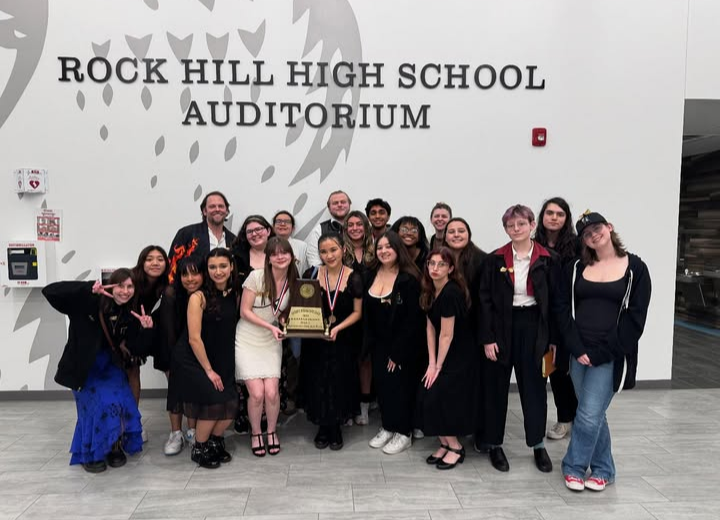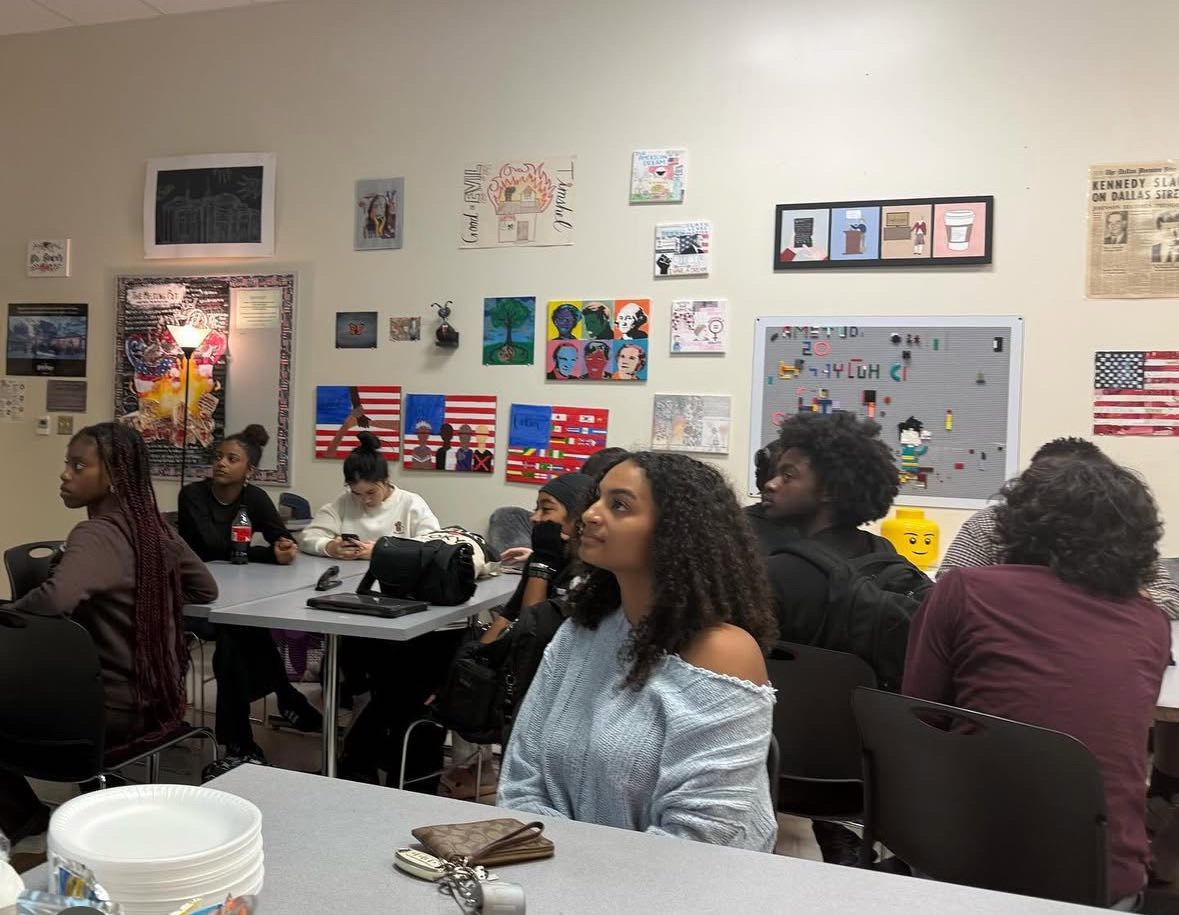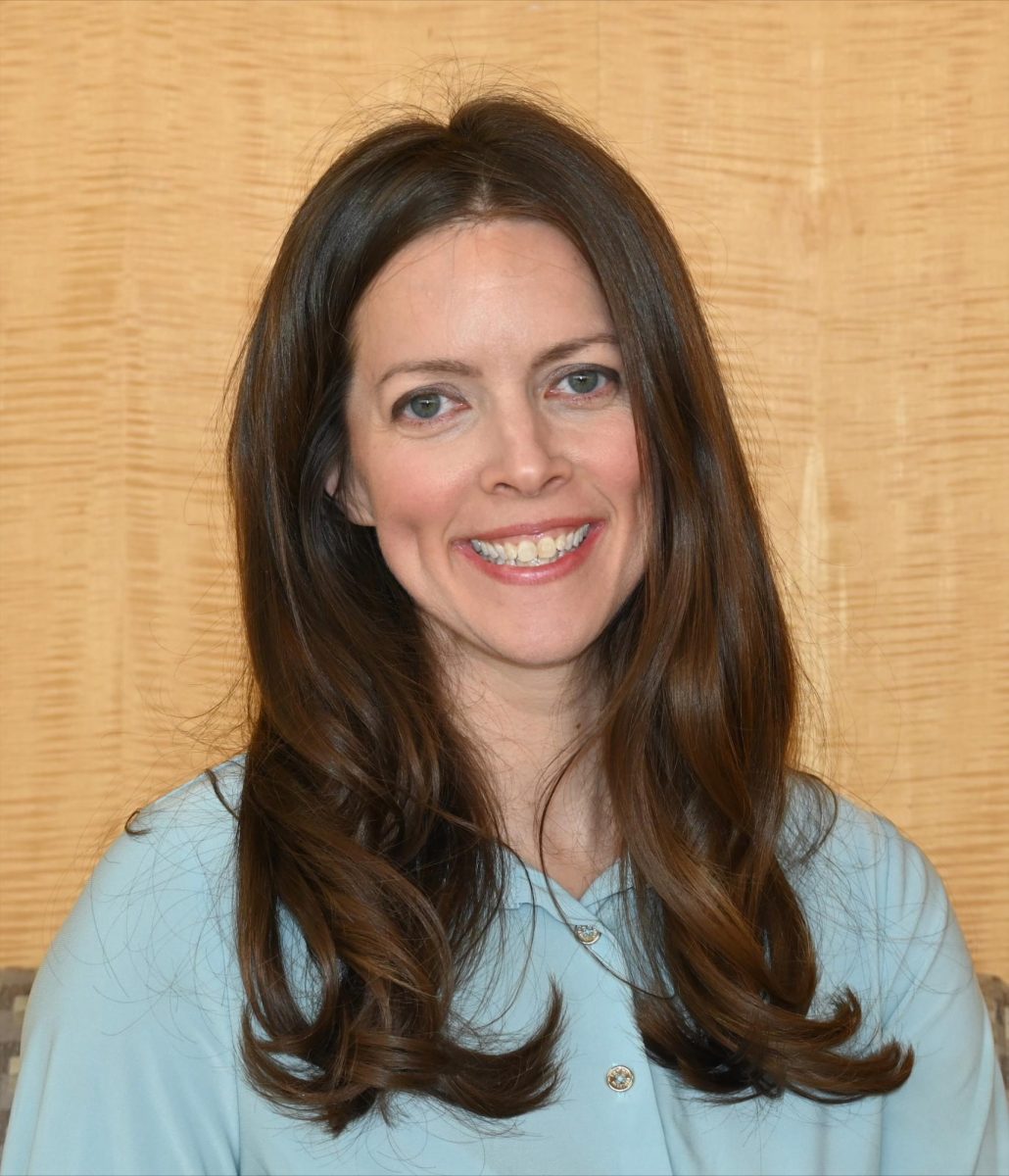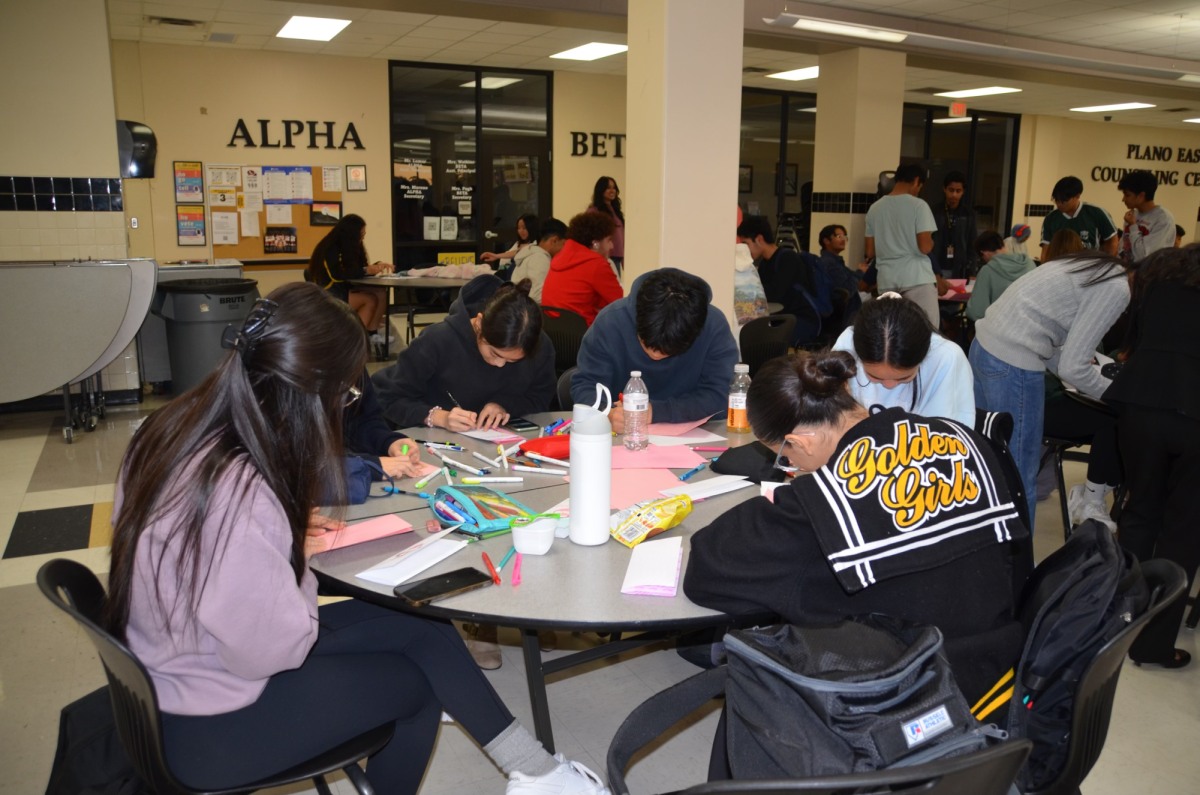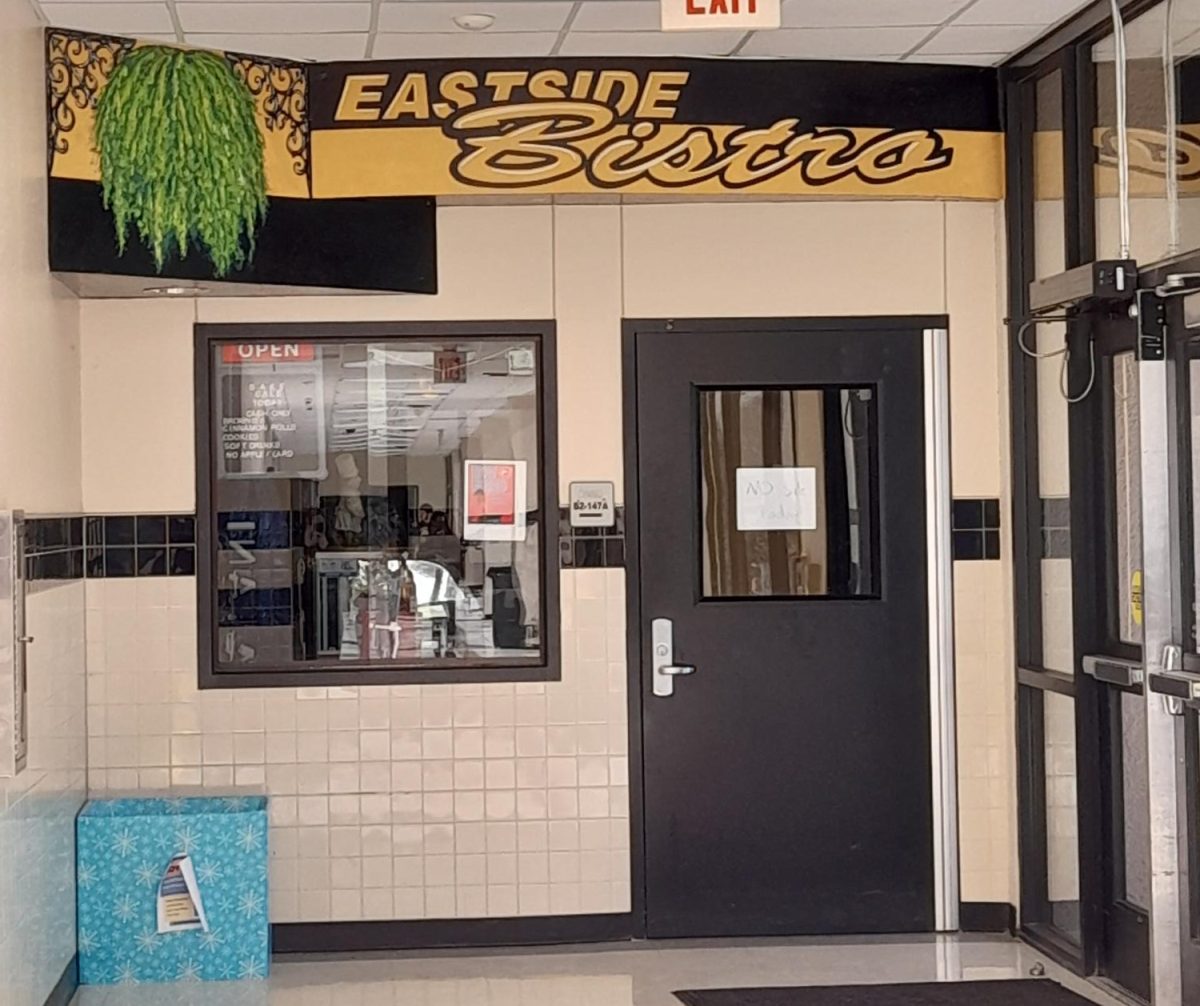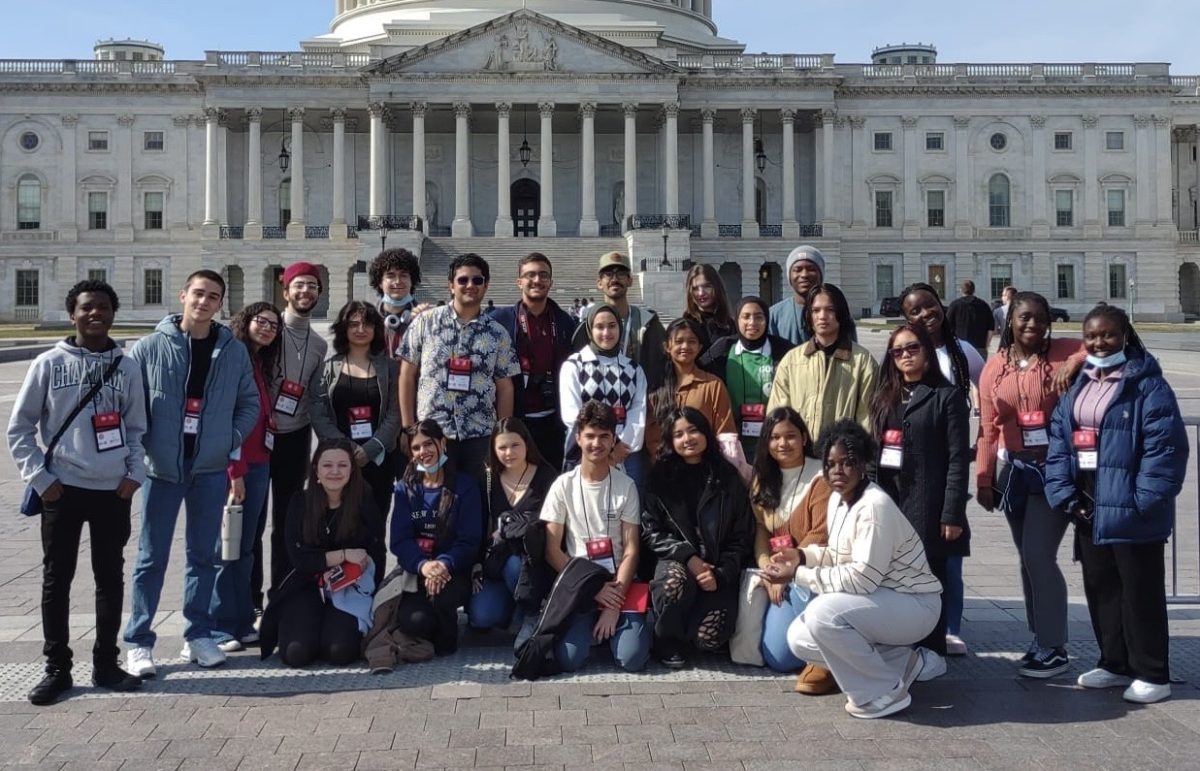As the school year continues, students anticipate the return of student cultural associations. A student cultural organization is a group within school that is centered around a specific race, culture, ethnicity or religion. Some of these organizations are relatively new, while others have a longer history. Groups like the Muslim Student Association (MSA), Asian Student Association (ASA), and Black Student Union (BSU) are among those actively creating opportunities for students with common cultures to connect. The students who run these organizations believe in diversity and community.
“For ASA this year, I want to have monthly meetings and events that promote diversity at Plano East as well as provide a safe space for Asian students,” ASA vice president Andrew Hoang said. “I think it’s good for us to embrace our cultures and ethnic groups, especially within school.”
Students feel comfortable and respected for their authentic selves in safe spaces at school. Gathering with other students with the same cultural or religious background can allow for conversations addressing their unique experiences. This is especially important for groups typically facing discrimination and bias because of their cultural or religious identities.
“The main goal [of the MSA] is to unite all Muslims at PESH,” MSA president Zhara Amir said. “Muslims usually face a lot of Islamophobia or other [forms] of prejudice. Because of that, I wanted to help unite everyone and [let them know that] there is a body of Muslims here and [that you can be] comfortable and you’re not alone; thankfully, that is what we’ve been doing so far.”
Within a racially diverse school, cultural organizations serve as places to embrace and learn more about a student’s own culture. However, in most cases, the general label of “Asian” or “black” doesn’t fully capture an experience that a person has. That is why these organizations’ leaders strive to explore all of the diverse backgrounds, even within a given cultural group.
“A goal I have for ASA this year is to promote the diversity of all [Asian countries], not just the mainstream [ones] that many people know,” ASA president Aerise del Rosario said. “Also, I want to incorporate more students in the Southeast Asian and mixed Asian communities just to promote awareness and how every one of them is different and unique.”
Student cultural associations use social media to spread the word and reach out to people who could benefit from these groups. From posters in the hall to frequent posts on social media sites, students have many ways to be connected with the organizations. With the multitude of different cultures or religious beliefs, there is certainly room for more of these groups to exist within the school.
“[These] organizations can help decrease bias towards many cultures and this just goes to say with other cultures, not just the Asian culture,” del Rosario said. “I want ASA to be an [example] of something that people can be like, ‘I can start this club for my culture and my community so that I can promote myself and my community.’”




